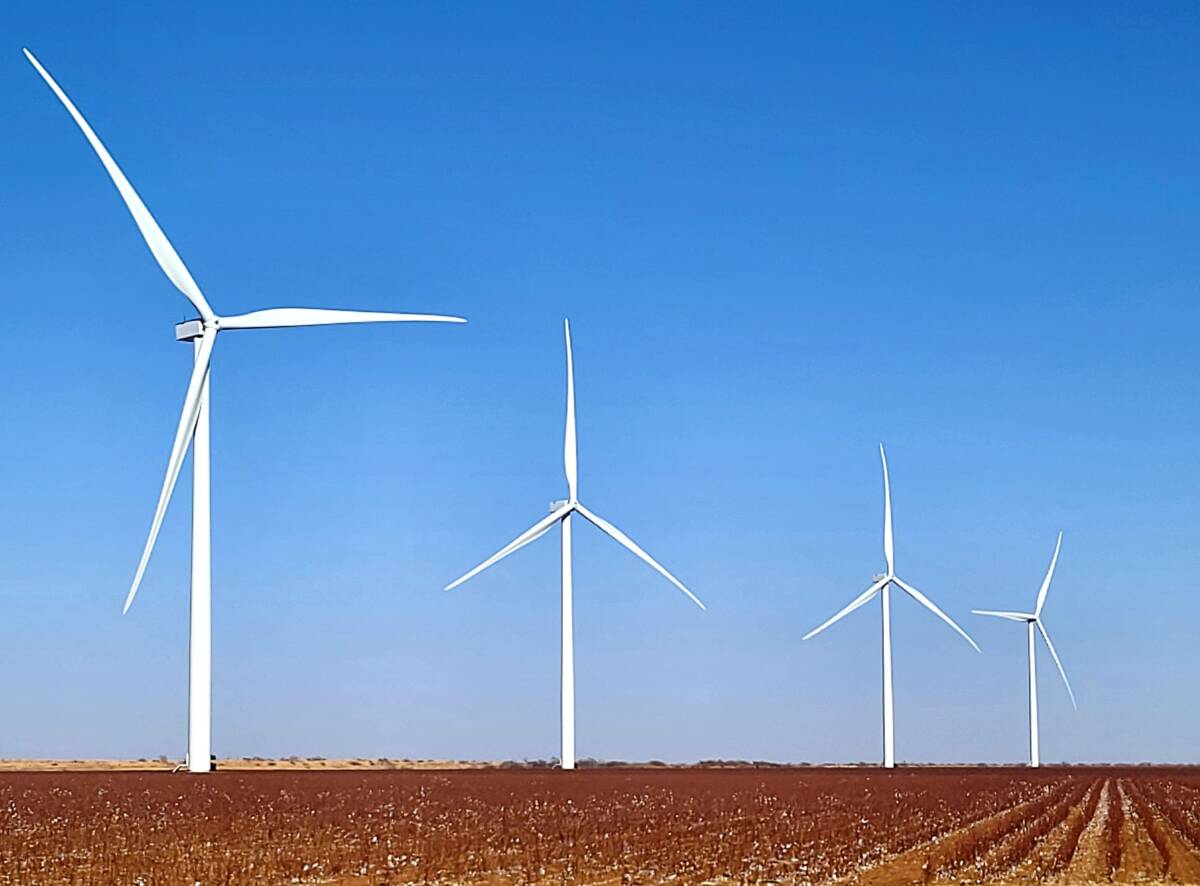Semarang, August 1, 2024 – Central Java, one of Indonesia's largest provinces, holds significant potential for renewable energy development. With a growing population and increasing energy needs, the province faces the challenge of sustainably meeting these demands. This initiative is not only crucial for supporting economic growth but also essential for achieving the Regional Energy…



